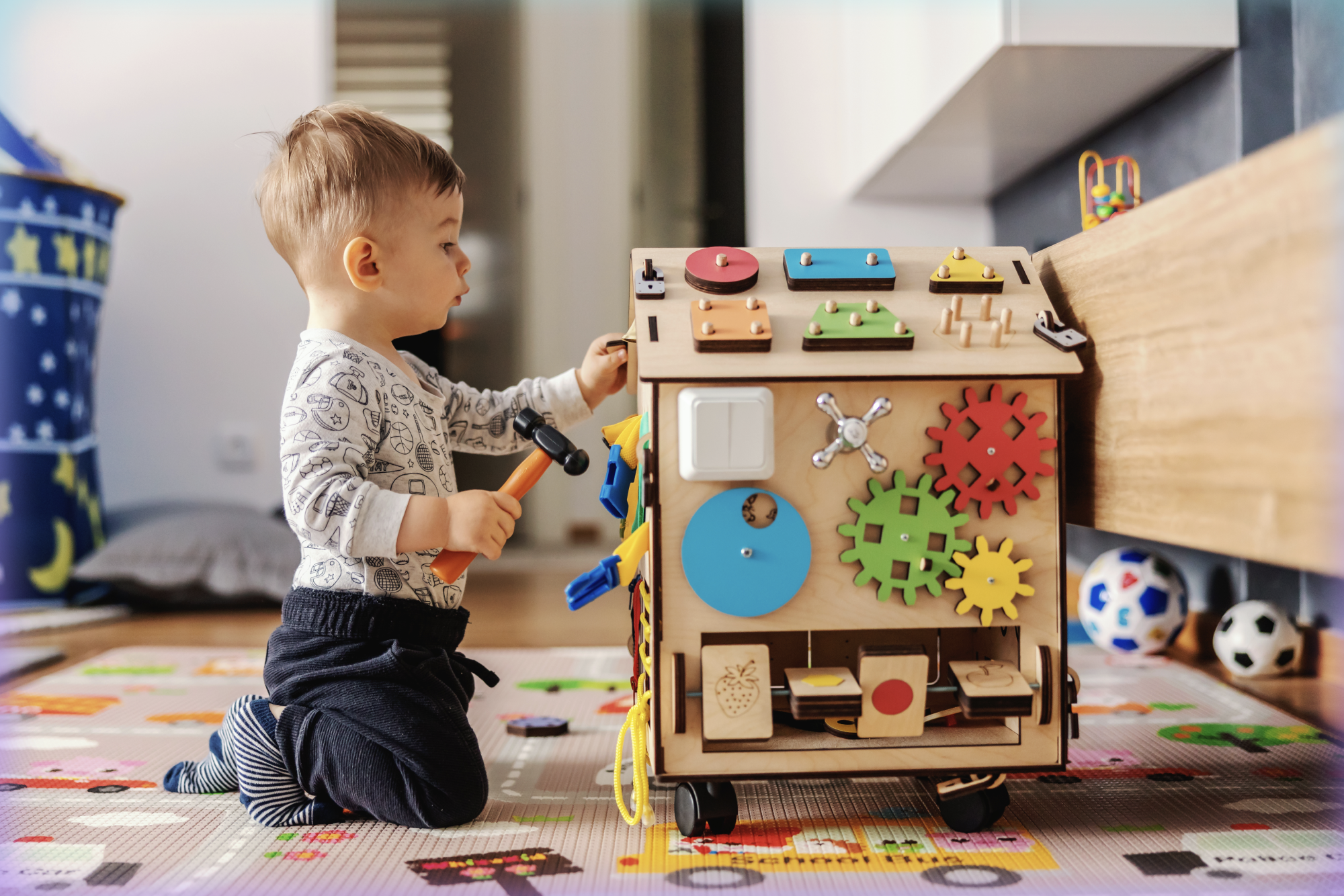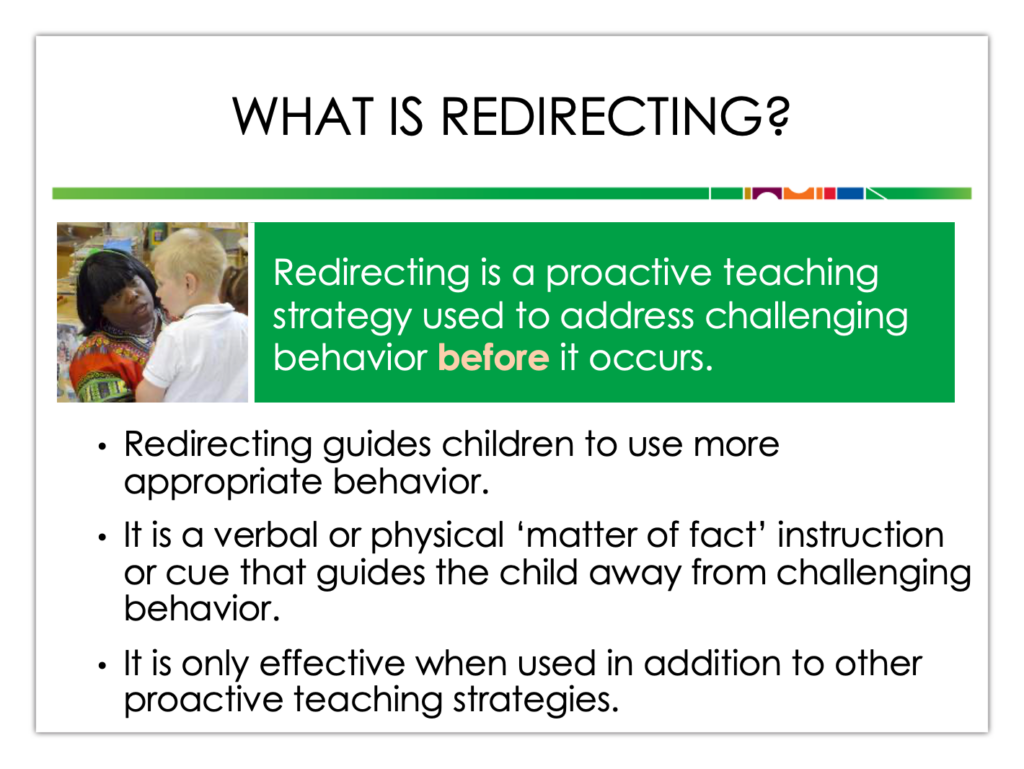Using AI to Redirect Yourself—and Save Money!
Better behavior, on demand.

At least he’s not hitting his sister.
Right now, Shopify and ChatGPT are starting to work together so that you can buy stuff from right inside of an AI chat. Is this a good idea? Stop asking and get your wallet out! But I want to throw out a way that I’ve been using ChatGPT not to buy things.
Do you know about redirection? Redirection is an important concept in dealing with toddlers and middle-aged adults—there’s a valuable video to watch from Head Start (while we still have Head Start) if you’re curious.

The whole idea is pretty simple: Intervene before the bad behavior starts. It’s not just saying, “Don’t do that.” It’s more like, when one toddler goes to get a plastic hammer to hit their sister, you jump in and say, “Looks like you’re ready to build something cool! Let’s build something with that hammer!”
Want more of this?
The Aboard Newsletter from Paul Ford and Rich Ziade: Weekly insights, emerging trends, and tips on how to navigate the world of AI, software, and your career. Every week, totally free, right in your inbox.
What does this have to do with AI? Well, I no longer throw my toys on the ground or hit my brother (he’s got grandkids, it would be weird). But as I’ve mentioned in the newsletter and on the podcast many times in the past, I’m a synth nerd.
There’s a challenge in the synth nerd community: G.A.S., or Gear Acquisition Syndrome. You’re supposed to be crafting beeps and boops but instead you’re shopping, and shopping, and shopping. It’s endemic. There are a lot of videos where well-meaning men with a variety of accents standing in front of huge collections of synthesizers telling us that we don’t need more gear. Use what you have! Embrace constraints!
I’ve watched those videos and nodded along, because they are utterly, irrevocably, totally right in every way—and then the next video recommended by YouTube will be the YouTuber loopop demoing the Elektron Digitone II, which makes me really want a Digitone II. Plus the tariffs are coming! Maybe I should act now?
So I threw it to the bots. I said, “ChatGPT, tell me why I don’t need a Digitone II if I already have Ableton Live.” Ableton Live is a piece of “audio workstation” software that I’ve owned for 20 years. It does everything. So ChatGPT made me the most detailed list—it told me how each of the key features of the Digitone can be reproduced inside of Live. It told me things about Live I didn’t know—really specific stuff about the Wavetable device having an FM mode. News to me!
Then I had it make me a syllabus, using only open-sourced software. I glued it all together into a Gist. The upshot? Just like that toddler with the hammer, I was redirected. Instead of watching more videos about the Digitone while feeling both covetous and guilty, I was off doing stuff. It was a good Saturday night!
I’ve been trying this strategy with other issues, with varying success:
- What can I do that’s fun with my phone that isn’t looking at depressing news? (“Townscaper, Pocket Build, or Toca Nature.”—Absolutely great idea.)
- What can I eat instead of this cookie? (“Balsamic strawberries with cracked pepper.”—Under no circumstances.)
- What can I do instead of having a cocktail tonight? (“Functional mushroom elixirs.”—Calm down, my God.)
The key thing is that I’m not looking for solutions, I’m looking for stimulus—enough distraction that I can at least try out a new behavior and see how it fits. The bot is not a great teacher or guide, but it does hold up an interesting mirror to peer into.
And it’s an infinite fountain of stimulating stuff, some of it nonsense. That’s actually what it’s best at. It will infinitely come up with ideas, options, ice cream flavors, historical card games, and craft-night ideas. It creates documents and artifacts, because it can’t produce action.
I used it to justify my thinking and redirect myself—and I think that’s an important line to draw, because of all the stories about AI writing legal briefs, or being used to justify weird tariffs. It’s a great generator of stimulus, which you can then interpret and act upon. I didn’t feel like I was giving it any agency over my life; I used it to distract myself—and take more agency over my own life.


